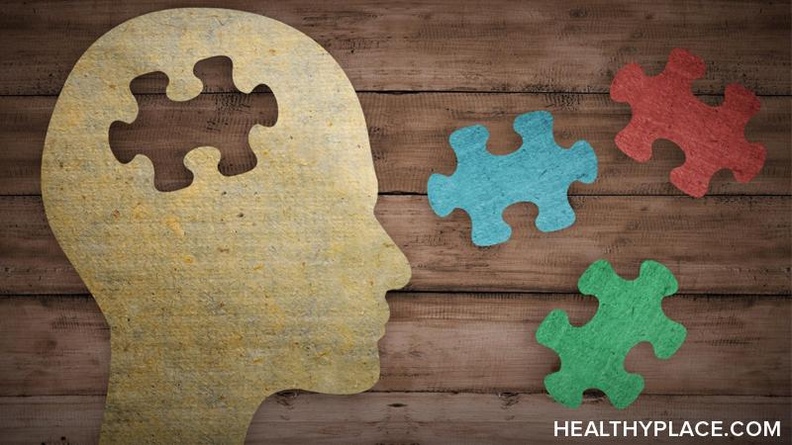Early Maladaptive Schemas and Self-Harm Causes

Self-harm causes are hard to define. After all, each person is unique, and so is their emotional pain. However, the way we cope with difficult situations as adults often corresponds to our childhood experiences. Learning about the so-called early maladaptive schemas could help us address some of the unresolved issues that drive us toward self-injury.
What Early Maladaptive Schemas Are (and How They Might Cause Self-Harm)
Early maladaptive schemas are negative behavioral and thought patterns that distort the lens through which we view ourselves, the world around us, and others.1 They usually develop in early childhood when one or several of our basic needs are not met.
People might form maladaptive schemas because their parents or guardians failed to provide them with the sense of safety, predictability, love, attention, or protection. In total, psychologists identify 18 key maladaptive schemas, which are organized into five groups as follows:
- Disconnection and rejection — This group includes schemas such as abandonment or instability, mistrust or abuse, emotional deprivation, defectiveness or shame, and social alienation or rejection. A typical thought pattern that belongs in this group would be: “Everyone always leaves me.”
- Impaired autonomy and performance — In this group, you’ll find patterns such as dependence or incompetence, enmeshment or undeveloped self, and failure. For instance, a person with an impaired autonomy and performance schema might believe they will fail or that they are stupid and inferior.
- Impaired limits — This category contains schemas such as entitlement or grandiosity and insufficient self-control or self-discipline. For example, a person who developed such schemas might want to avoid conflict at all costs or seek power and control.
- Other-directedness — This type of schema includes subjugation, self-sacrifice, and approval- or recognition-seeking. People who fall into this group might go above and beyond to please others or suffer from low self-esteem.
- Over-vigilance and inhibition — This includes negativity or pessimism, emotional inhibition, unrelenting standards or hyper-criticalness, and punitiveness. A typical thought pattern that falls into this group would be: “I’m not good enough,” or “Something bad is going to happen.”
Early maladaptive schemas might seem unrelated to self-harm at first. However, learning about them could help you observe certain repetitive behaviors and triggers that usually precede your self-injury. For instance, I know I’m a victim of unrelenting standards and hyper-criticalness, and I feel many self-harmers will recognize themselves in one or several of these schemas.
How Understanding Early Maladaptive Schemas Could Help Us Address Self-Harm Causes
The good news is that, with some time and effort, any schema can be unlearned. If you see yourself in any of the above scenarios, slow down and acknowledge your emotions next time they occur. Try to remember when or why you formed such false beliefs about yourself or others and be kind to your inner child. You've been through a lot, and you deserve love. You might also benefit from schema therapy, which involves various behavioral techniques such as role-play, empathic confrontation, or limited reparenting.
Do you recognize yourself in any of these early maladaptive schemas? Do you think they are valid self-harm causes? Let me know in the comments.
Source
- Pilkington, P., et al., "Early Maladaptive Schemas, Suicidal Ideation, and Self-Harm: A Meta-Analytic Review." Journal of Affective Disorders Reports, January 2021.
APA Reference
Halas, M.
(2021, April 19). Early Maladaptive Schemas and Self-Harm Causes, HealthyPlace. Retrieved
on 2025, December 17 from https://www.healthyplace.com/blogs/speakingoutaboutselfinjury/2021/4/early-maladaptive-schemas-and-self-harm-causes